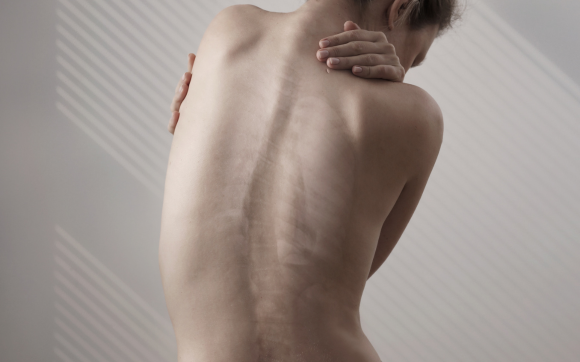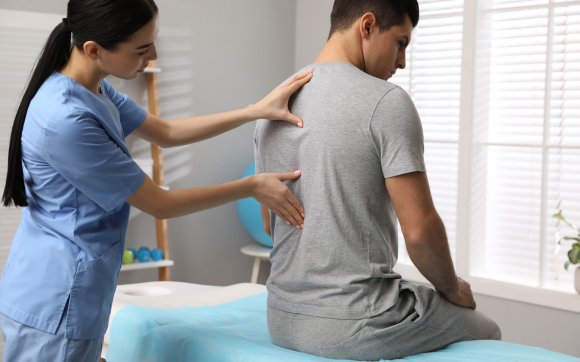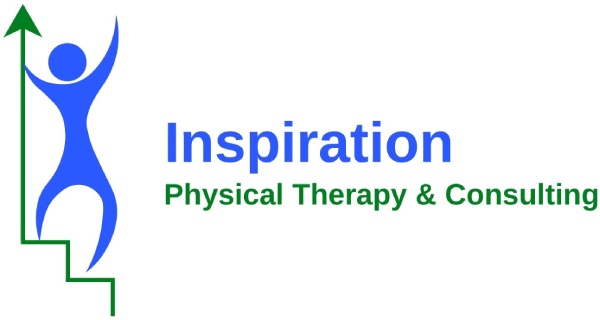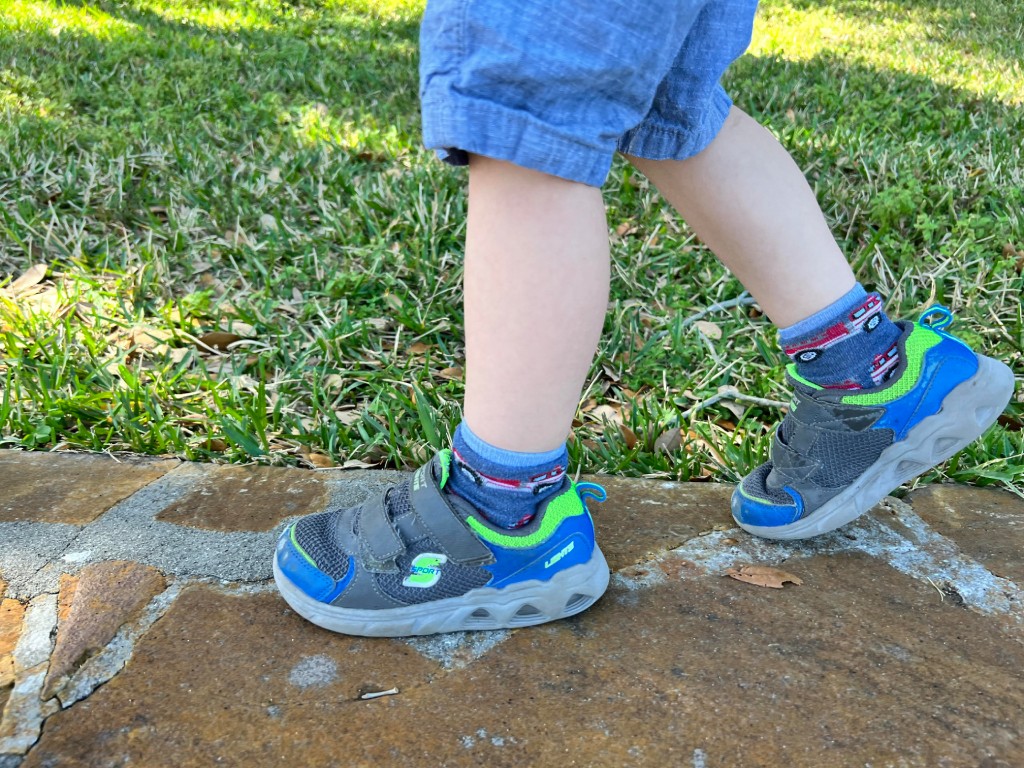Posture
Potential Injuries

Rounded shoulders
Rounded shoulders are when your arms start to round inward toward your chest. Contributing factors may be tightness in your pectoralis muscles, decreased strength or endurance of your postural muscles such as your mid trapezius or rhomboids. If it isn’t treatment, rounded shoulders can put you at risk for shoulder impingement, rotator cuff tears, bicep tendonopathies and more. PT can help stretch out your pectoralis muscles, strengthend and build endurance in your postural muscles and realignment your shoulder with your body.

Forward head
For every inch that your head is forward, it can add 10 pounds of pressure on your neck!
A forward head posture is usually exacerbated by computer work or handheld electronics. This is when the lower neck flexes, or come forward. To counteract the position this lower neck flexion puts the head in, the upper neck extends. The upper neck extension can lead to tightness in your suboccipital muscles at the base of your skull and can cause headaches that wrap up and around your head.

Scoliosis
Scoliosis is a curvature of the spine. Most commonly in the thoracic spine, or mid back, a scoliosis can be in a C curve, an S curve and/or have a rotational component. If a scoliosis isn’t identified and treated, it can lead to changes in rib shape and affect lung expansion for breathing. While severe scoliosis may require surgical intervention and/or bracing, PT can help with mild scoliosis by stretching out the muscles that are tight and strengthening the muscles that are weaker/stretched out. Then PT can help to stabilize the area. Depending on the severity of the curve, PT may not be able to correct the scoliosis but may be able to help prevent it from worsening.

Kyphosis
Kyphosis is a bowing out of the middle back, or thoracic spine. This condition usually worsens with age but can occur at any age. If addressed early, PT can be effective at strengthening the muscles and straightening the thoracic spine. A kyphosis can be “flexible” or “inflexible.” A flexible kyphosis is one that the PT can manually straighten with gentle pressure. An inflexible or rigid kyphosis is when the curve does not change with gentle pressure. Of the two, a flexible kyphosis is more likely to respond to PT better.


